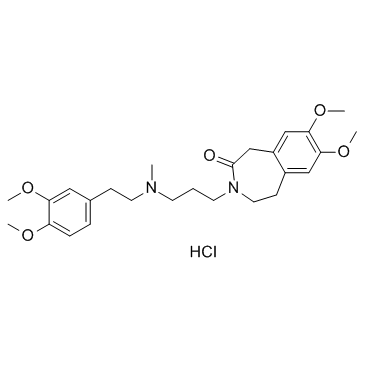| 结构式 | 名称/CAS号 | 全部文献 |
|---|---|---|
 |
盐酸Zatebradine
CAS:91940-87-3 |
|
 |
(S)-2,6-二甲基-5-硝基-4-(2-三氟甲基)苯基)-1,4-二氢吡啶-3-甲酸甲酯
CAS:98625-26-4 |